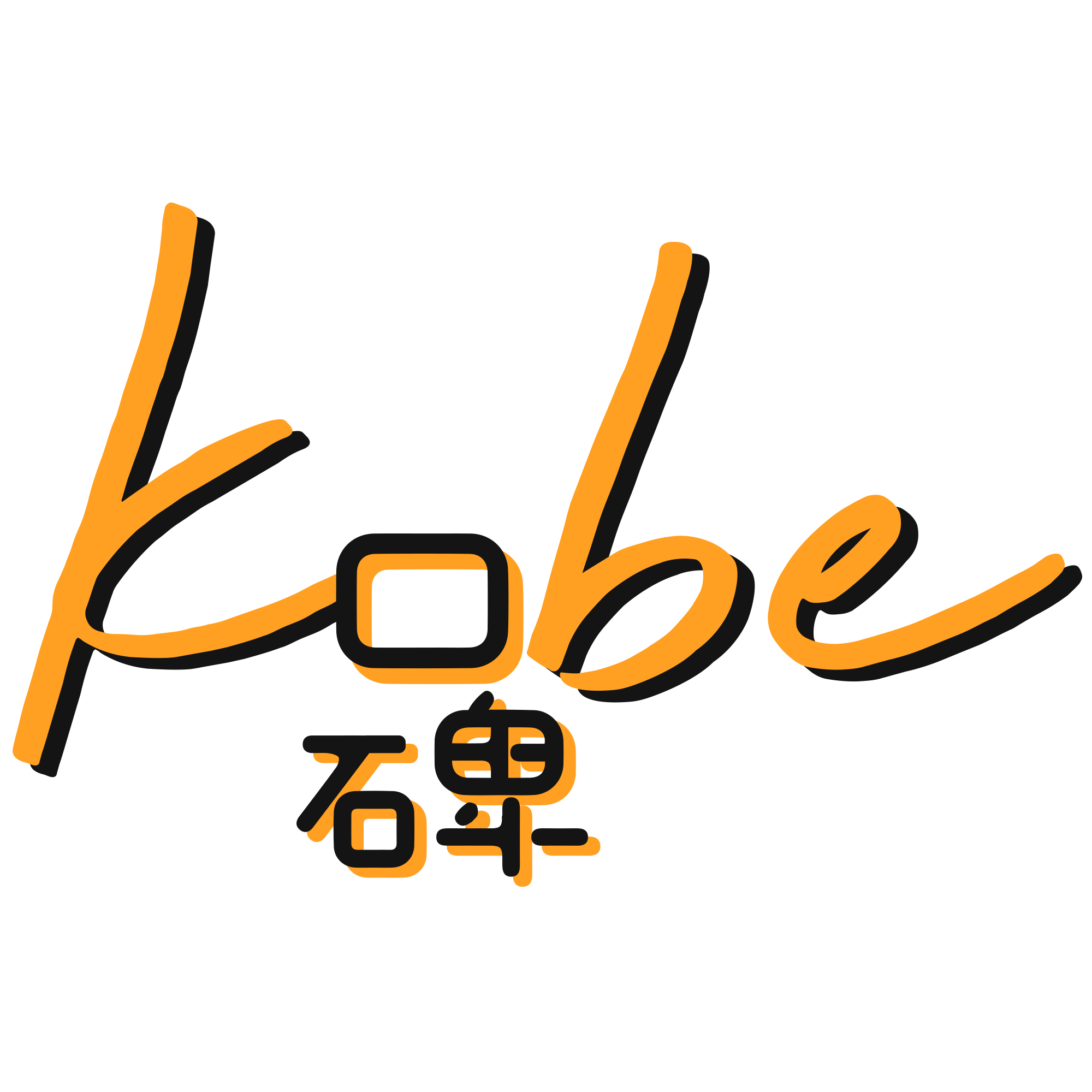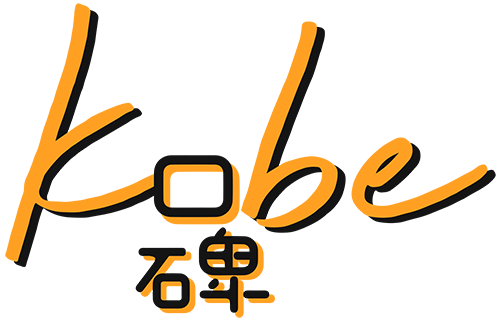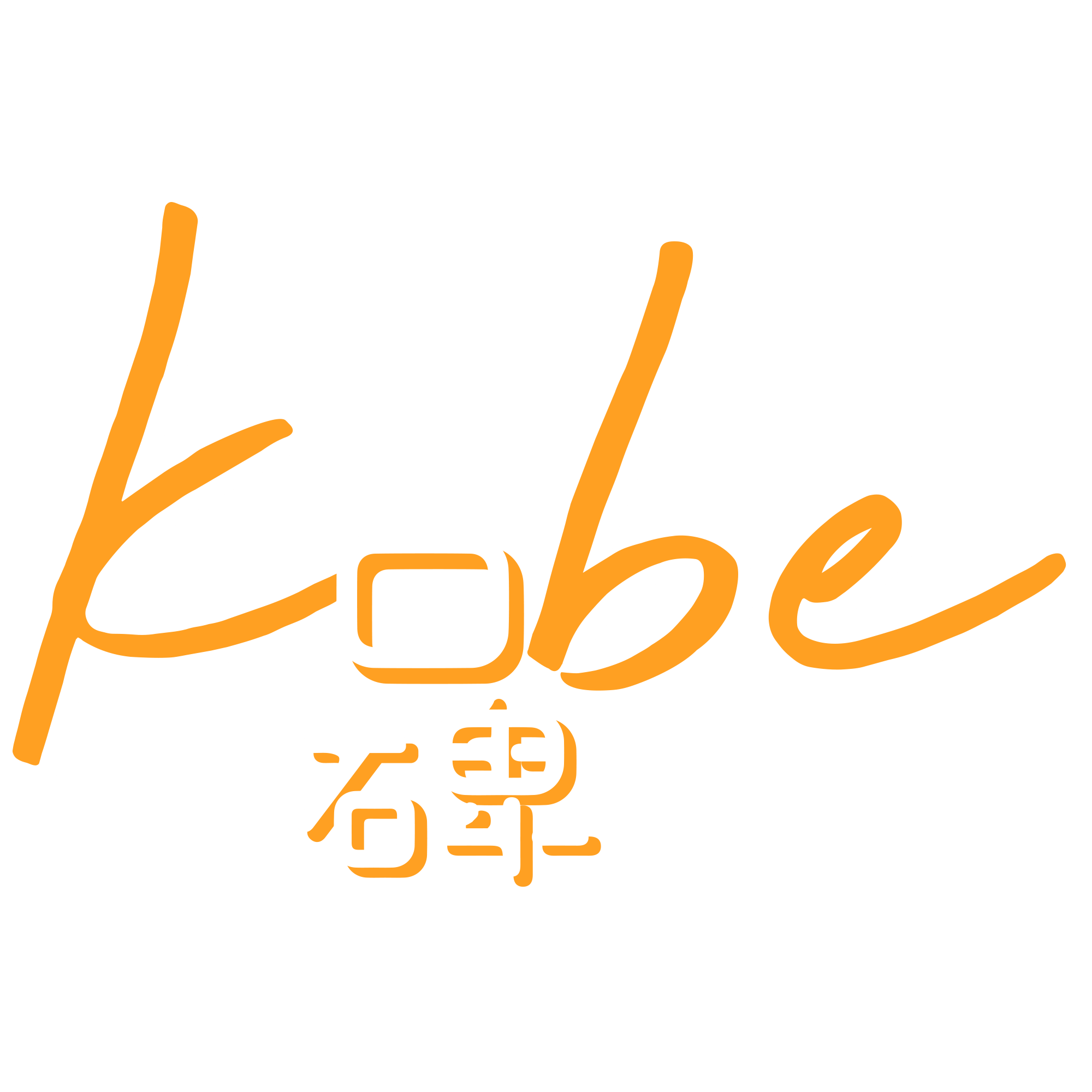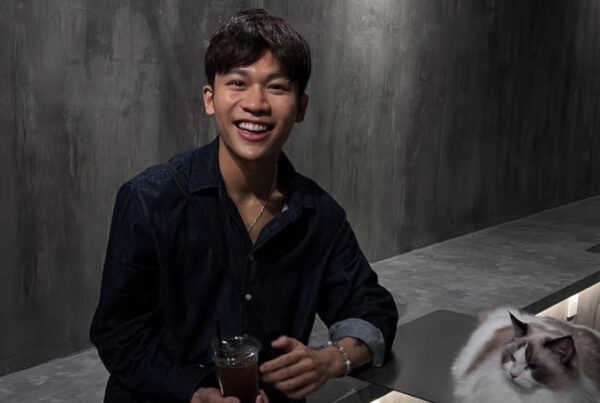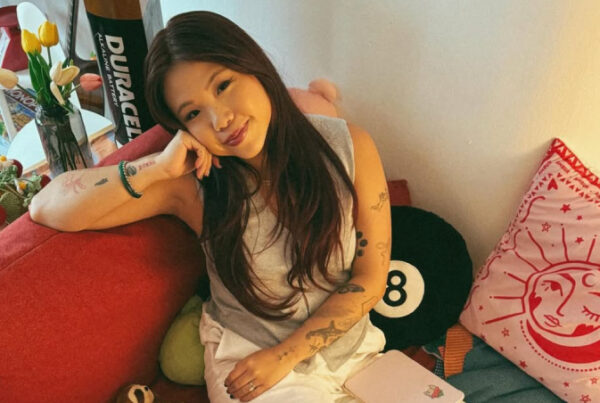It has been found in recent studies that the younger generation is a lot more exposed and knowledgeable about ads, so much so that they get to choose whether to engage with the content or just swipe away. Then does native advertising still work with the Gen Zs? Native advertising, more commonly known as sponsored content, is usually subtle, non-disruptive advertising content that is often cloaked in social media feeds, ad listings, or recommended content on a webpage.
Sure, it works. Native ads create purchase intent and visual engagement. But it is wrong to think that this new generation of media consumers can be easily fooled by native advertising. On the contrary, this “bait-and-switch” tactic more likely causes outrage. The Gen Zs are smart. They know that for social media to function, money would have to come in from somewhere. They are more appreciative and receptive when media outlets or advertisers are being honest and upfront with it.
The Challenge
The way that Gen Zs consume marketing content has definitely changed since the Millennials. It has gone from remembering jingles from television commercials on a square box to being visually stimulated by videos or images on a mere 6-inch handheld device. The shorter attention span of the Gen Zs means that content being consumed has to have some form of value. Regardless of the platform used i.e. TikTok, Instagram, Facebook, etc., the content must be educational, informative, entertaining, and inspiring in one way or another. In these values, they seek personalization. They relate better when involved in the processes.
That is why in our work at Kobe as consumer-first influencer marketing specialists, there are 5 execution methods that we use to reach out to our Gen Z consumers:
- Giveaways
- Events and Activities
- Throwbacks
- Challenges
- Usage A.K.A Experiential Sharing
Especially since the start of the Covid-19 pandemic, then Gen Zs have turned to social media. We have observed the trend of TikTok challenges starting to generate an immense amount of engagement. Hence, we’ve been keeping up and moving towards the platform as well.
An example of a TikTok challenge would be a campaign we did with Ribena & C.C Lemon for Suntory Beverage & Food Asia, Hit Your C!, earlier this year. Influencers showcased themselves singing to the challenge whilst hitting their highest ‘C’ note in relation to the importance of “having your daily dose of Vitamin C”. It encouraged followers to sing along and try out the challenge for themselves. Participants would stand a chance to win an attractive prize!
Here was how it went:



The challenge was all about being authentic, fun, and getting the right boost of Vitamin C. It did not matter if participants were not able to perfect their “Vit C Major”. Those were the reasons why this campaign was blasted on TikTok.
Kobe typically uses Instagram as the primary platform to target decision-makers i.e. Millennials. When it comes to marketing, they are the ones who have the ultimate purchasing power. The Hit Your C! Challenge was targeted towards the Gen Zs. It encouraged them to show off their real selves, and just be imperfect. Who cares about glamour?! The essence of storytelling to the Gen Zs is authenticity.
They Know Best
Refrain from trying to fit our Zoomers into a box that they don’t belong to! Trust them. Give them the flexibility and freedom to express themselves. Who knows? They might just surprise you.
A perfect example would be @danieltamago, one of Kobe’s Gen Z lifestyle/videography content creators. Daniel did a campaign with us for the online brokerage platform, Tiger Brokers, just a couple of months back. With his expertise in videography and knowledge in the stock exchange market, Daniel very creatively and cleverly filmed his content using the green screen technique and brought in the concepts of “to the moon” – referring to a stock rising in price; and “down to the bear” – associating with declines in an overall market. He had the most outstanding engagement rates out of the other content creators across both his Instagram post and story. Wow!



The key message of the campaign was to break the stigma of trading. People are no longer spending hours and days sitting in front of the monitor screen to make the best financial transactions. Kobe gives our content creators the flexibility to design their content. We trust that they can create content that best resonates with their audiences. At the end of the day, they know their followers best.
Are We Ready?
Generation Z. They have very high expectations, and also yearn for freedom and authenticity. They are #woke and they are our next generation of spenders. We want to get them ready for future purchases or consumption. Brands are gradually moving away from Instagram and towards TikTok, because that is where most Gen Zs are probably found now. It is the perfect avenue to target a great deal of Gen Zs. But the question is, will it be self-destructing for brands themselves? Will the need for authenticity from the Gen Zs risk the reputation and image of brands?
Brand safety has always been the top issue. Over the past year, the industry has collectively created better standards. They went above and beyond to strengthen brand safety measures. As official marketing and media partners of both Facebook and TikTok, we have seen how the platforms have been stepping up on protocols. They have put in considerable effort to ensure that the spaces are safe and conducive for brands, creators, and consumers alike.
We also do our part at Kobe to make sure that our creators are brand-safe when working with clients – through the use of A.I. technology and of course, our long-term relationships with content creators themselves. We are always ready with a “war room” and a quick response team. Together with these good protocols and processes, brand safety issues will eventually become minimal in the near future. Creators can remain free and authentic for the Gen Z consumers to trust, resonate, relate and make potential purchasing decisions.
